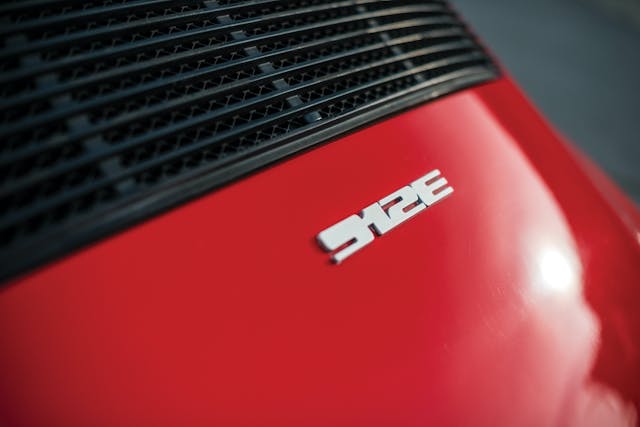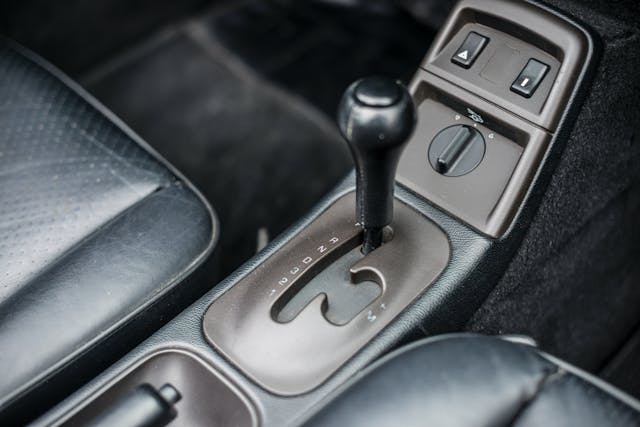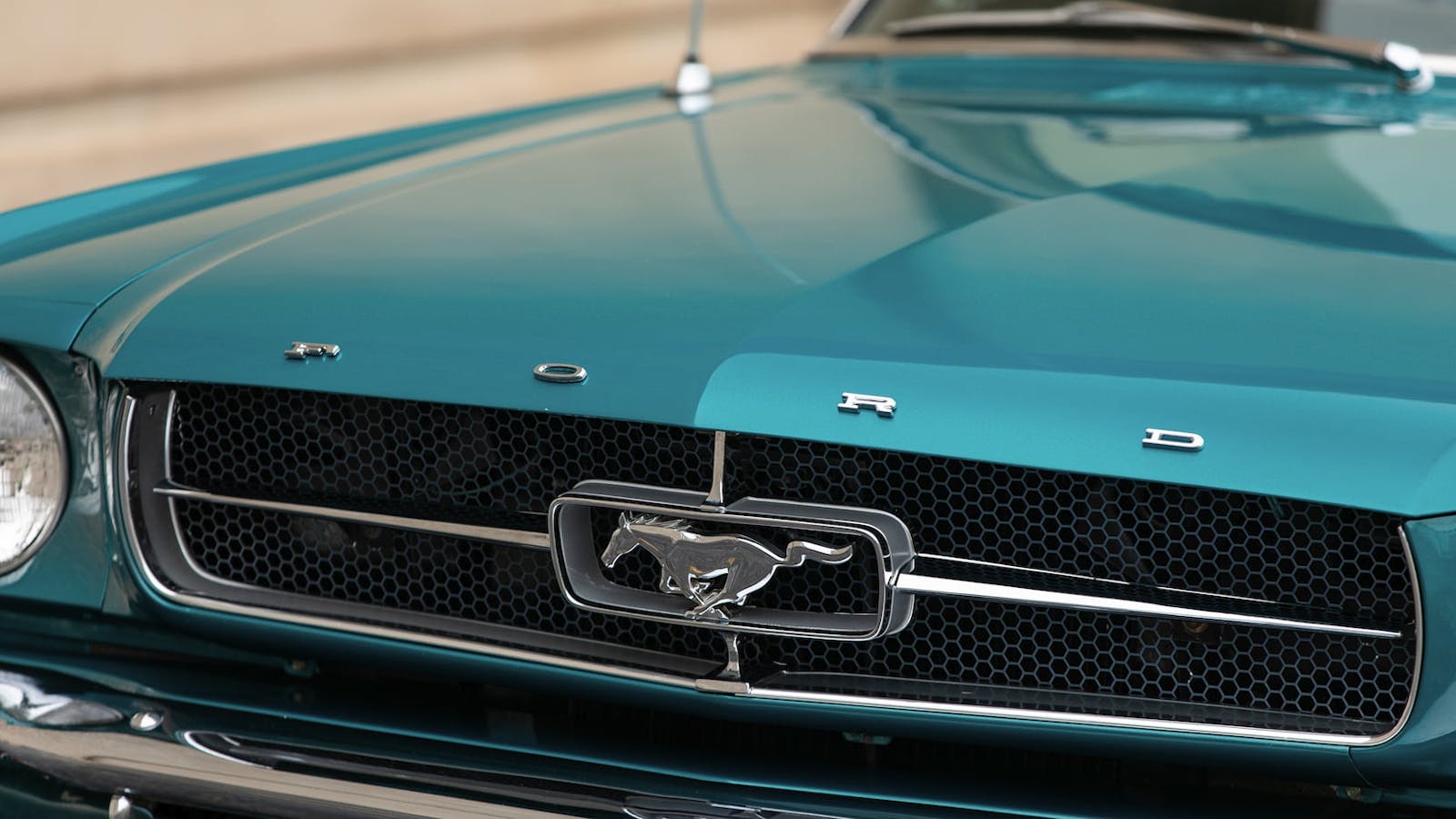The dream of an affordable 911 isn’t dead … but you need to check your prejudices at the door
The question that I’ve been asked most frequently in late 2021 is, “Are there any bargains left in the air-cooled 911 world?” In a word, “no.” The air-cooled 911 market may or may not be its all-time high, and if you simply must dive in, all I can do is give you a few pointers on where to find cars that are maybe less obscenely priced than the market superstars.
Unlike in the Porsche 356 world, coupes are the preferred body style for the 911—though the delta between 911 Targas and coupes is narrowing. A year ago, it was possible to find a decent 911 SC coupe for under $40,000. Today, that’s nearly impossible. Sure, you could troll the website of a certain high-volume, Los Angeles-based classic dealer, but trust me, there are people waiting for the delivery trucks to pull up at that place, and anything close to a good car that rolls off the trailer gets snapped up before it hits the website.
Any coupe that can be had under $40,000 these days is likely to need of a laundry list of costly deferred maintenance or—in the case of the really cheap cars—outright restoration. An occasional well-priced Tiptronic 964 or 993 coupe might hit the market, but the two-pedal discount isn’t as great as you might expect. Even the long-undesirable 1976 912E, a car that’s essentially a narrow-fender G-body 911 coupe with an 86-hp flat-four pulled from a Volkswagen station wagon, trades for $35,000 at the moment.
So, what’s an air-cooled 911 enthusiast of normal means to do?

A tolerance for high miles might just be your ace-in-the-hole. If you’re willing to buy a car with earth-to-moon mileage under its wheels—think 200,000 miles—you could get lucky and snag a 911 SC coupe in the high $30,000 or low $40,000 range. Of course, there’s nothing inherently wrong with this proposition; the 911 SC and following 3.2-liter Carrera are heirloom quality cars built to outlive you.
One of the best and most trouble-free 911s I’ve owned was a 1982 911 SC coupe that I bought in Northern California during Pebble Beach Car Week for just $12,800. At the time, the odometer showed 195,000 miles, but the car could have visually and mechanically passed for around 50,000 miles if you didn’t peak at the triple-digit odo. I put another 15,000 miles on it doing nothing more than a valve adjustment, oil changes, and adding a quart every 2,500 miles or so. A careful pre-purchase inspection (PPI)—a great idea for any old car—is especially important with those kind of miles.
The other avenue to air-cooled 911 ownership at less than eye-watering prices is to find a 911 cabriolet. Contrary to the collector car world’s maxim of “when the top goes down, the price goes up,” 911 cabs are partially shunned by some enthusiasts. I have a few theories on this: First, younger enthusiasts just don’t have the same soft spot for convertibles that baby boomers do. Collectors born after 1965 own some 43 percent of the 911 coupes Hagerty insures but only 34 percent of the convertibles.

Also, many view drop-tops as visually challenged and less capable than their fixed-roof siblings—and there’s some truth to that. The soft-tops on air-cooled 911 cabriolets don’t exactly fold out of sight, and the torsional rigidity doesn’t match that of a closed car. Not ideal for the track rat. For those looking to cruise rather than carve, though, it’s tough to beat an open-air, sunny weekend with an air-cooled-six whirring just behind your right ear. The cab discount is pretty steep at the moment. A nice, driver-quality 1983 SC coupe wearing about 150,000 miles might carry an asking price of around $48,000; a contemporary SC cab can be had for some $10,000 less.
The coupe/cab delta can become even greater when you get into the later 3.2 Carrera, 964, and 993 generations. The latter two were also available with the Tiptronic automatic transmission as opposed to the manual-only 3.2 Carrera, and as the clunky-ish Tip is no contender to Porsche’s modern dual-clutch PDK, all Tiptronic cars see a substantial discount over a car equipped with a manual. If there’s anything that could be remotely considered a bargain in the air-cooled 911 world, it’s likely to be a 964 Tiptronic cabriolet.
Why no mention of earlier cars? Simple—there are no deals to be had. When it comes to the 1964-1973 long-hood generation of 911s, even rusty project cars are frightfully expensive. The same holds for less desirable mid-year impact-bumper cars (1974–77). The pre-1976 cars also suffer from the same infamous rust issues that plagued early long hoods and are also burdened with the notoriously troublesome 2.7-liter engine family. So, if you happen to spot a “deal,” be very suspicious. Unless there is extensive documentation of corrective work from a reputable shop, consider it to be a grenade with a pulled pin.

The 912 and later 912E bear some mentioning. Of the original 356-engined 912s, the 1969 model is the most likely to be found at an affordable price. It’s the only year of the 912 with the longer wheelbase that all 911s got from 1969 on, and collectors find them slightly less charming than the earlier cars. Still, “more affordable” does not equal “cheap,” as even these 1969 cars are quite pricey now. The cheapest ones tend to be either rusty or wear poor crash or rust repairs, and despite the smaller, less-complex engine, it’s a myth that it’s any cheaper to rebuild or service than an equivalent 911’s flat-six.
That 1976-only 912E is a different animal altogether. Rebuilds for its Type 4 VW engine can clock in at less than five-figures; despite its low 86-hp output, it’s torquey and relatively reliable. The 912E isn’t a bad car, and it’s got a bundle of ingredients Porsche fans love; many of the 2099 built were ordered in bright ’70s colors, and almost all came with the bright window trim and door handles that vintage Porsche fans like. As such, the cars that were $25,000 a few years ago are now about $10,000 more expensive.
Perhaps the most frustrating thing about current valuation trends is how nobody seems to know where the market is headed. I suppose you could wait for a correction, but nobody knows when and if that will happen, and how sharp of a correction it will be. One thing is certain though—any air-cooled Porsche is a perennially desirable car, with built-in multi-generational appeal. It’s a seller’s market, through and through.
Rob Sass is the Editor-in-Chief of Porsche Panorama, the official publication of the Porsche Club of America. The opinions stated are his, and not necessarily those of the Club.



Prices are WAY too high for these cars. Obviously I’ve owned them all and they need too much maintenance , they are not very comfortable, they don’t handle that well and they are not very fast.
Why is it “obvious” that you’ve owned them all? haha